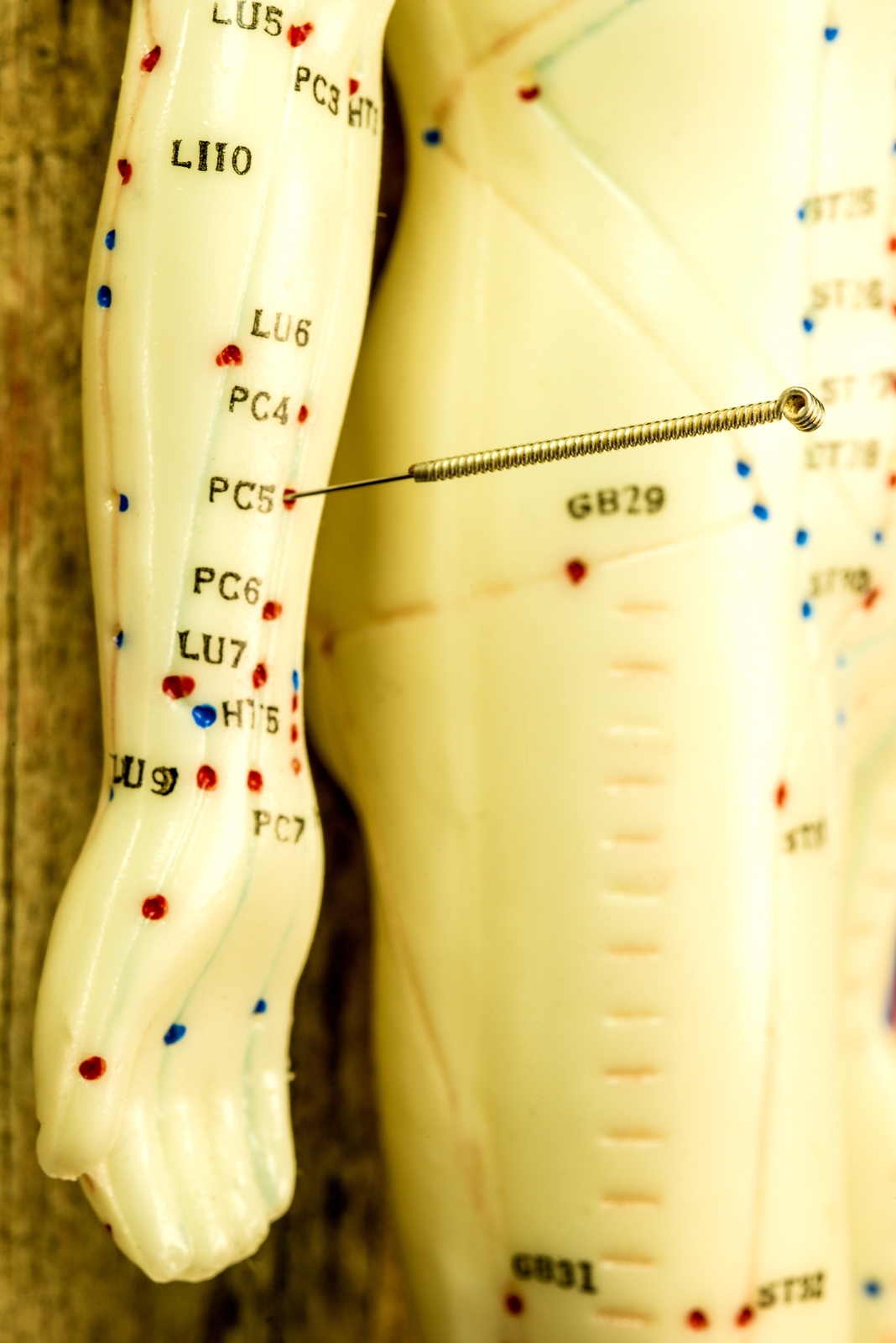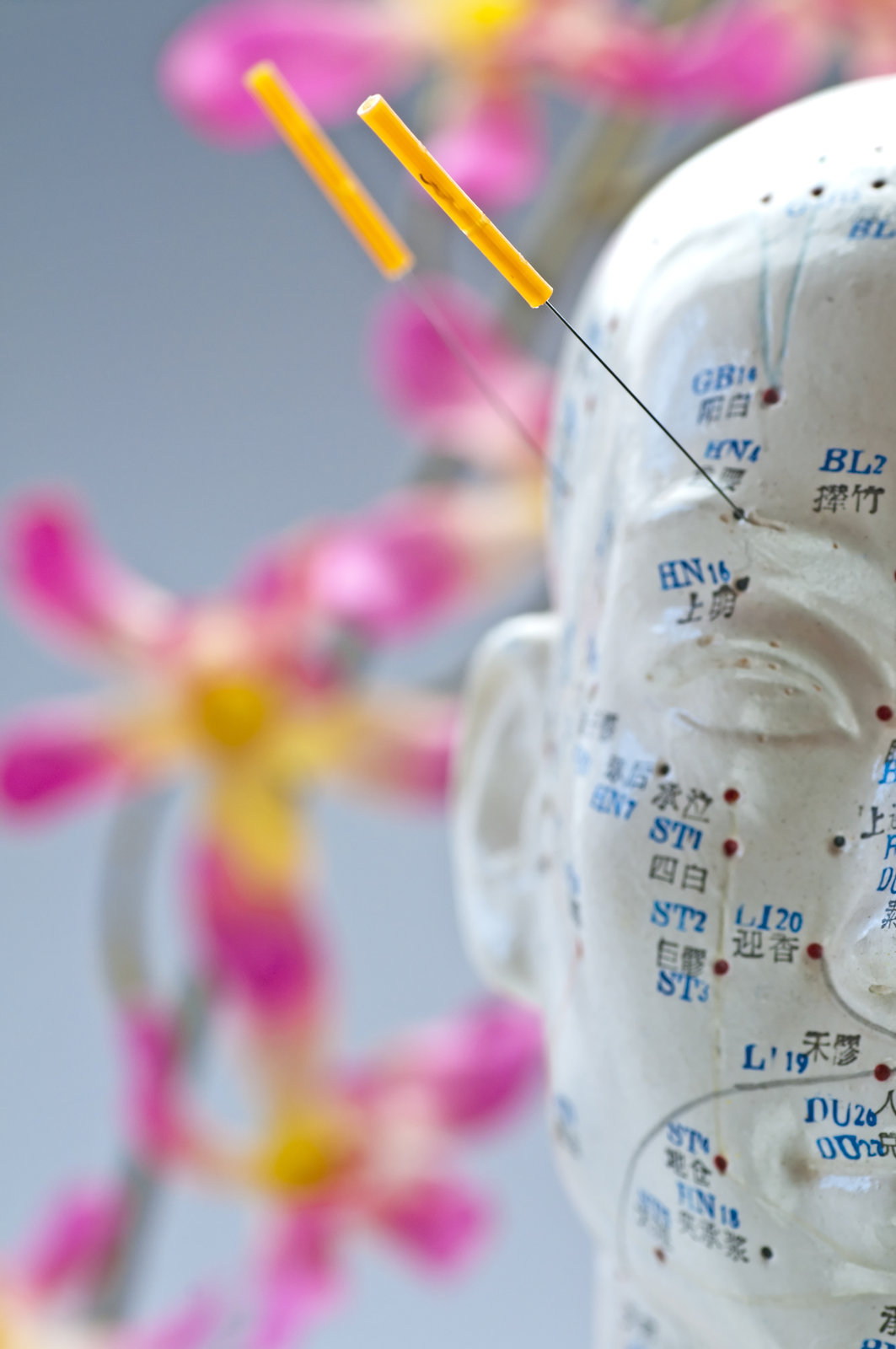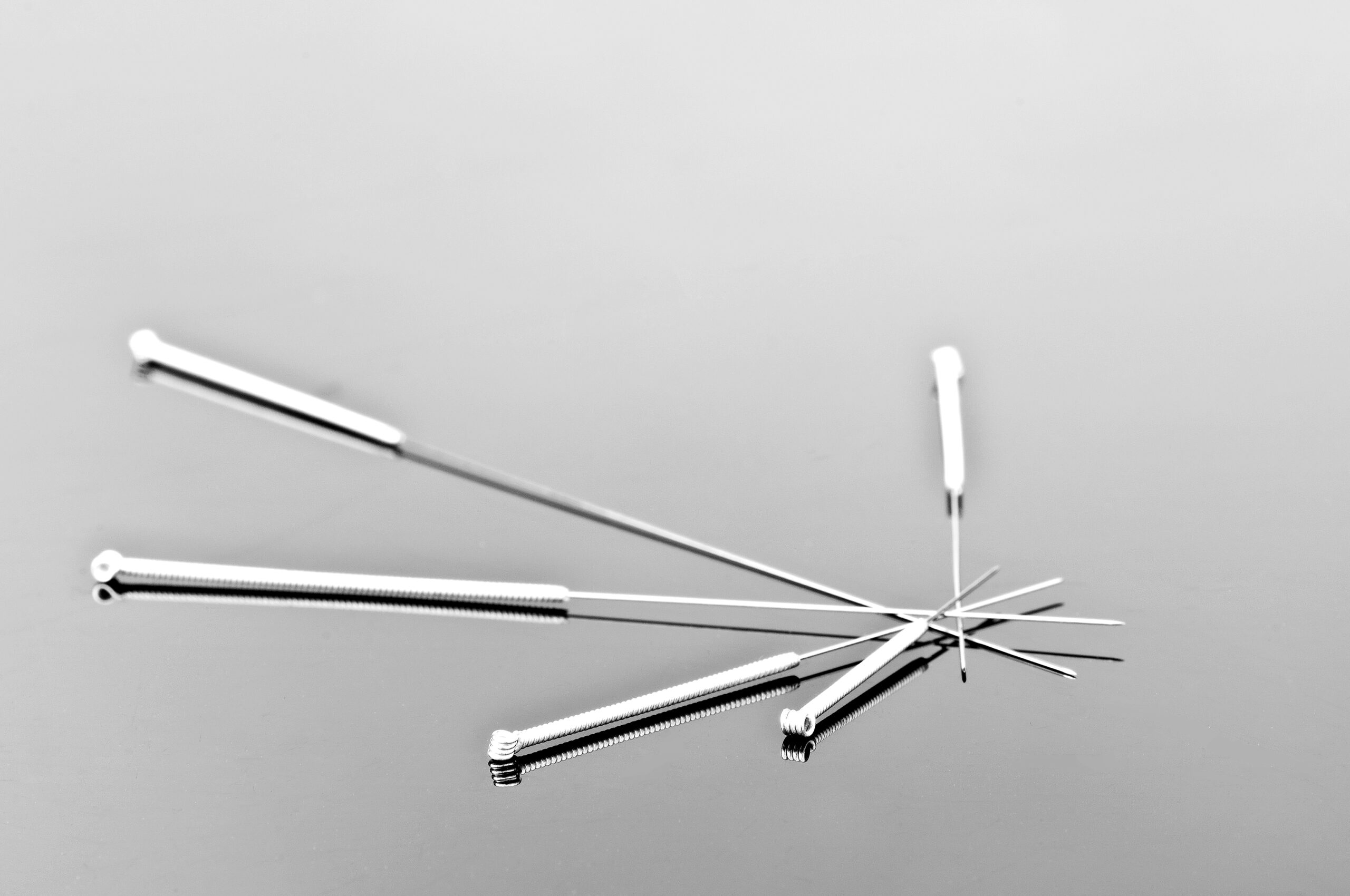Distance Acupuncture
Experience Healing with Distance Acupuncture Technique: A Comprehensive Guide

Introduction to Distance Acupuncture Technique (DAT)
The Distance Acupuncture Technique (DAT) is an innovative acupuncture method that has revolutionized the way patients receive treatment. By eliminating the need for physical needle insertion, this technique can be performed remotely, making it accessible to patients regardless of their location.
Developed by Dr. Howard Chen and embraced by practitioners like Dr. Lee, the Distance Acupuncture Technique offers numerous benefits, including relief from pain and emotional discomfort. In this comprehensive guide, we will explore the concept, benefits, and patient experiences of DAT.
The Science Behind Distance Acupuncture Technique
Classical Chinese Medicine Meets Modern Physics
The Distance Acupuncture Technique combines the principles of Classical Chinese Medicine (CCM) with modern physics concepts such as relativity, quantum entanglement, and the holographic universe model.
By removing energy blockages and restoring balance, DAT promotes healing in the physical, mental, and emotional aspects of our being. Although the exact scientific mechanisms behind Distance Acupuncture Technique remain unclear, countless patients have experienced its benefits.
Preparing for a Distance Acupuncture Technique Session
Ensuring a Successful Treatment
To prepare for a DAT session, your acupuncturist will contact you to discuss your health issues and treatment needs. They will request your birth information (date, time, and location) to better understand your constitution.
Once the treatment plan is formulated, you will lie down or recline in a comfortable position for at least 30 minutes, or even overnight, depending on your appointment time. Creating a quiet, comfortable, and restful environment is essential for the success of the Distance Acupuncture Technique session.
What to Expect During a Distance Acupuncture Technique Session
Sensations and Movements
During a DAT session, you may feel sensations such as warmth, heaviness, muscle twitches, or a sense of energy moving. Most patients report feelings of peace and calmness, similar to an in-person acupuncture session. Small movements are allowed, but excessive physical activity should be avoided to ensure the treatment’s effectiveness.


The Journey of Dr. Chen and Dr. Lee with Distance Acupuncture Technique
Developing and Implementing DAT
Dr. Chen developed the Distance Acupuncture Technique during the first wave of Covid-19 in 2020. As an Integrative Medicine and Medical Acupuncture physician, Dr. Chen found that many patients were unable or unwilling to come to the office for treatment.
By inserting needles into a simulacrum acupuncture model instead of the patient, Dr. Chen discovered that patients experienced relief from pain and discomfort. He continued to refine DAT and has since taught the technique to over 100 acupuncturists and physicians worldwide, including Dr. Lee.
Dr. Lee initially learned about distance healing from Dr. Wei, one of his professors, 25 years ago while attending Southwest Acupuncture College. However, it wasn’t until the Covid-19 pandemic that Dr. Lee began practicing and incorporating Distance Acupuncture Technique into his busy Eastern Medical clinic, following Dr. Chen’s teachings.
The Proven Success of Distance Acupuncture Technique
Patient Experiences and Outcomes
Distance healing has been practiced for centuries in the East and more recently in the West. Research continues to recognize the fundamental connection between all living beings, allowing distance acupuncture to be transmitted over long distances.
Patients often experience instantaneous or slightly delayed improvements, including relaxation, relief from tension, aches and pains, increased mental clarity, and more, just as they would in an in-person acupuncture session.

The Future of Distance Acupuncture Technique
Expanding Access to Healing
As more acupuncturists and physicians around the world continue to learn and adopt the Distance Acupuncture Technique, its potential to revolutionize healthcare grows. By bridging the gap between traditional acupuncture and modern technology, DAT provides an alternative healing method that promotes overall well-being and fosters a sense of connection among patients and practitioners, transcending the barriers of distance and time.